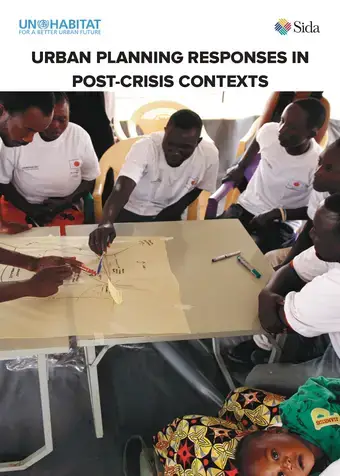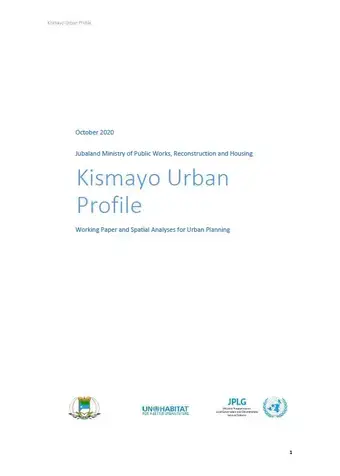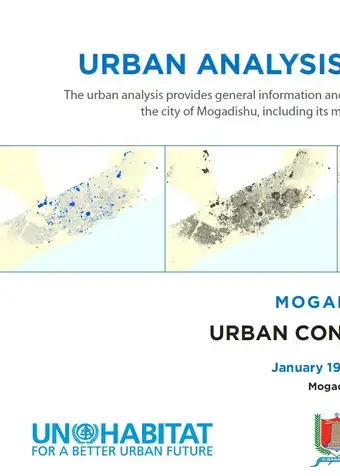
Hudur Urban Profile- Working Paper and Spatial Analysis for Urban Planning Consultations and Durable Solutions for Displacement Crises

The Hudur Urban Profile is part of a series of working paper summarizing major aspects of an urban analysis from the spatial prospective for elaborating on solutions for long term urban development and current displacement crisis in Somalia.
That includes considerations of the development potentials and constraints with a time horizon of five to ten years.
Dolow Urban Profile- Working Paper and Spatial Analysis for Urban Planning Consultations and Durable Solutions for Displacement Crises

The Dolow Urban Profile is part of a series of working paper summarizing major aspects of an urban analysis from the spatial prospective for elaborating on solutions for long term urban development and current displacement crisis in Somalia.
That includes considerations of the development potentials and constraints with a time horizon of five to ten years.
Baidoa Urban Profile- Working Paper and Spatial Analyses for Urban Planning Consultations and Durable Solutions for Displacement Crises

The Baidoa Urban Profile is part of a series of working paper summarizing major aspects of an urban analysis from the spatial prospective for elaborating on solutions for long term urban development and current displacement crisis in Somalia.
That includes considerations of the development potentials and constraints with a time horizon of five to ten years.





